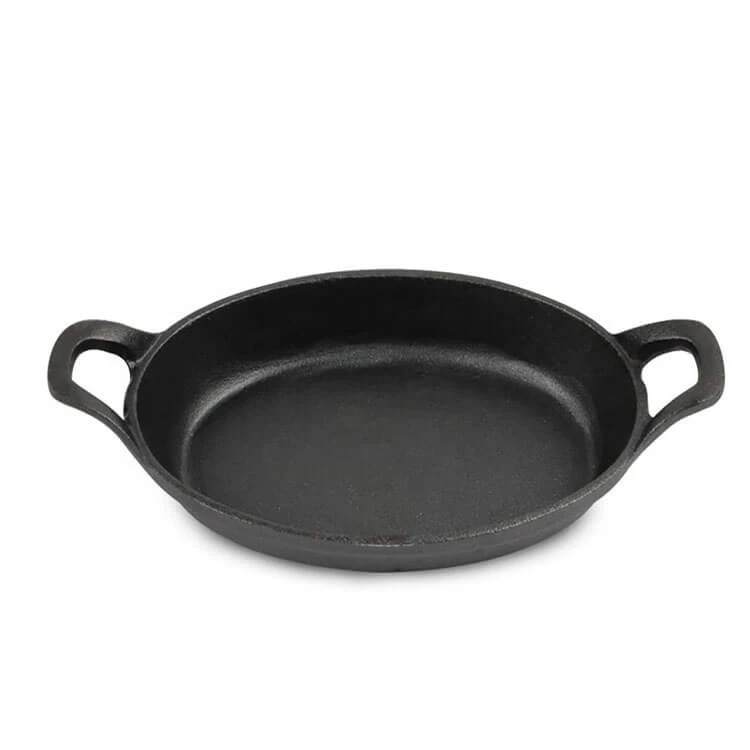
how to choose dutch oven size
How to Choose Dutch Oven Size A Comprehensive Guide
Choosing the right size Dutch oven can seem daunting, especially with so many options available on the market. However, understanding your cooking needs, the number of people you generally cater to, and the types of meals you prepare can help streamline the selection process. This guide will walk you through the key factors to consider when selecting the perfect Dutch oven size for your culinary adventures.
1. Know Your Cooking Needs
Before diving into specific sizes, it's essential to assess your cooking habits. Are you an occasional cook, or do you prepare meals daily? If you're cooking for large gatherings or family dinners, you'll require a bigger Dutch oven. On the other hand, if you primarily cook for one or two people, a smaller version would suffice. Consider what you typically prepare – stews, soups, bread, or casseroles – as this will influence the size you choose.
2. Understanding Size Options
Dutch ovens come in various sizes, commonly measured in quarts. Here’s a general breakdown
- 1 to 3 quarts Ideal for side dishes or meals for one to two people. Perfect for small soups, sauces, and baked items. - 4 to 5 quarts This size is versatile and can serve about 3 to 5 people. Great for weekday meals or small family dinners. - 6 to 7 quarts Suitable for larger families or for batch cooking, accommodating around 6 to 8 servings. A great choice for stews and braises. - 8 quarts and above Perfect for large gatherings, holiday meals, or batch cooking. If you frequently host dinner parties, consider investing in this size.
3. Consider Your Storage Space
how to choose dutch oven size

While it’s tempting to opt for a larger Dutch oven for its versatility, keep in mind your kitchen storage space. A large Dutch oven takes up considerable room, so ensure you have sufficient cabinet space for it. If you choose a smaller size, look for stackable options that can be stored without taking up too much room.
4. Evaluate Weight and Material
Dutch ovens are typically made from cast iron, which is heavy. When selecting a size, consider whether you’re comfortable lifting and maneuvering it, especially when it’s full. Additionally, enameled cast iron options may be heavier than bare cast iron, so factor that into your decision.
5. Budget Considerations
Lastly, consider your budget. Larger Dutch ovens generally cost more, and premium brands may offer higher price points. Determine what fits your budget while ensuring you choose a quality product that will last for years.
Conclusion
Choosing the right size Dutch oven involves understanding your cooking habits, assessing your space, and considering both weight and budget. By taking these factors into account, you can select a Dutch oven that not only meets your culinary needs but also enhances your cooking experience. Whether you're simmering a hearty stew or baking the perfect loaf of bread, the right Dutch oven can become an invaluable tool in your kitchen arsenal. Happy cooking!
-
Season Cast Iron Perfectly with GPT-4 Turbo TipsNewsAug.01,2025
-
High Quality Cast Iron Cookware - Baixiang County Zhongda MachineryNewsAug.01,2025
-
Premium Cast Iron Pan: Durable & Perfect HeatNewsAug.01,2025
-
High Quality Kitchen Durable Black Round Cast Iron Cookware Pancake Crepe Pan-Baixiang County Zhongda Machinery Manufacturing Co., Ltd.NewsAug.01,2025
-
Cast Iron Cookware - Baixiang County Zhongda Machinery | Nonstick, Heat ResistanceNewsAug.01,2025
-
High Quality Kitchen Durable Black Round Cast Iron Cookware - Baixiang County Zhongda Machinery | Non-Stick, Heat Retention, DurableNewsJul.31,2025


